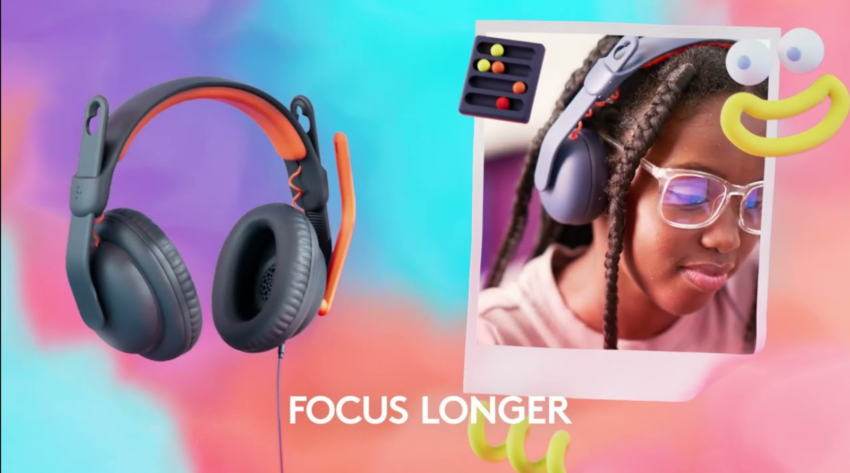When my daughter’s sixth-grade teacher informed us that we needed to get her a wired headset for school, I must have spent an entire hour perusing Amazon reviews. Regular headsets wouldn’t fit, and every alternative for smaller children was from an alphabet soup brand of questionable quality; they seemed like such a chance that we opted for the least expensive option.
The new Logitech Zone Learn would have been an automatic purchase for me. Not only does the $40 rotating boom mic headset come from a well-known manufacturer, but it also appears to have been properly constructed – possibly with the exception of one element.

It is flexible, adaptable, and offers the option of over-ear ear cups or on-ear ear pads (in case your child need more or less isolation or becomes claustrophobic or sweaty) as well as 3.5mm (AUX), USB-A, and/or USB-C audio connections.
Order more earpads and cables
Did I mention that these ear cups and wires are interchangeable and modular? The $40 retail package includes only over-ear cups and 3.5mm and USB-C cords, but Logitech claims buyers can “simply order additional earpads and cables” if necessary.
Logitech further claims that it has been tested to withstand repeated fall of up to four feet, frequent cleaning with school chemicals, and even the casual chewing of its cords by a bored child.
Nevertheless, Logitech does not advertise any loudness output restrictions. We inquired about this, and Wendy Spander, a spokesman for Logitech, provided the following response:
We tuned the acoustic performance of the product to be optimized around learning applications, focused on vocal clarity, and designed the fit of the headset to balance the comfort for K-12 learners while maximizing the likelihood of good noise isolation. We were able to ensure that the Zone Learn headsets are compliant with EN 50332-2 and based on that testing, have a result that is well below the 100 dBA maximum as set by the EU requirements. Beyond this we do not currently limit the maximum sound pressure from the headsets (through the cables or otherwise) in order to meet the requirements and needs of schools.

The National Institute for Occupational Safety and Health advises fewer than 15 minutes of daily exposure to 100dBA noises in order to prevent hearing loss, and even OSHA restricts workers to two hours. Nevertheless, this also relies on the device that is transmitting audio to the headphones.
My six-year-old daughter is typically sensitive to loud noises, yet she complained that the volume on her alphabet soup headset wasn’t loud enough. YMMV.
The $40 retail bundle will be available this summer, while $35 setups with a choice of cable and ear pad will be available to educators this spring.

